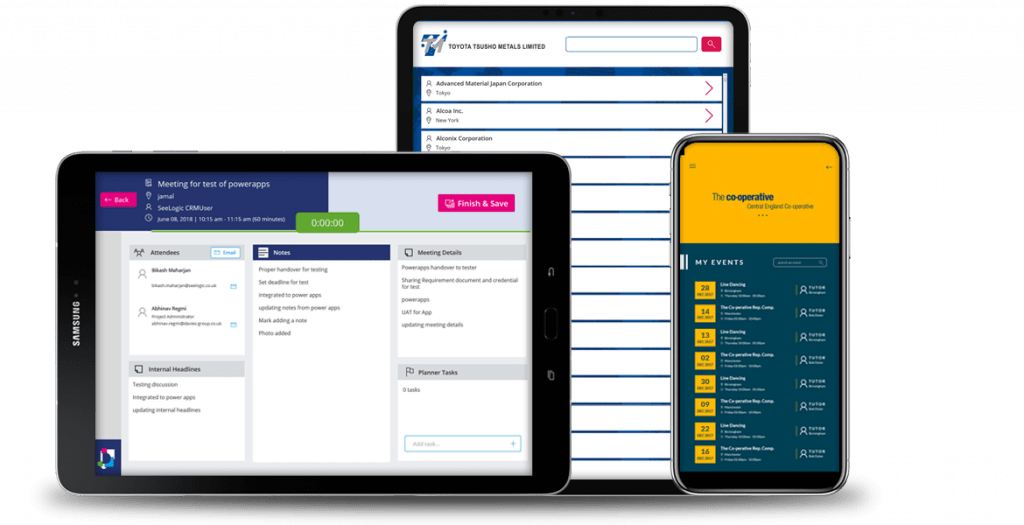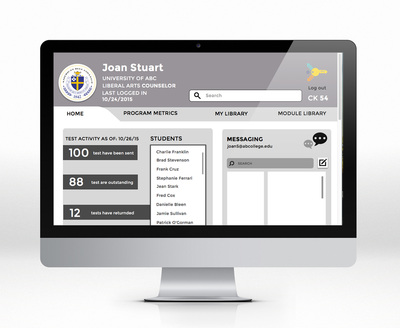

Cutting or adding space between elements on the screen. One of the typical things that can be done within responsive designs is resizing of images, fonts and controls. As we move labels it means that all controls on a form underneath may have to move as well. So for example if we have a label and an input box on a form this could look las shown below:īut don’t underestimate the complexity of this. This means that we can extend virtual screens sizes by introducing scrolling down.įrom a responsiveness perspective this means that we can move elements. It is important to understand that as screen sizes drop a scroll bar going down is often ok, but a horizontal scroll bar is a real pain. When the screen size is smaller the less important parts on the screen can be hidden. Hide and Show ControlsĪs we saw earlier, one of the patterns will be to show or hide elements on the page depending on the screen size available. You could consider large, medium, small screens and then adjust your strategy depending on those 3 sizes. Sometimes we might be able to just resize the controls and calculate the size of each control, however you might find that the calculations change fundamentally within certain size ranges. We could now decide that the menu needs at least to be wide enough to hold the icons. However a menu without descriptions and without icons is not a menu. a navigation menu on the left hand side could display icons and descriptions when there is space and then reduce down to just icons.
Powerapps responsive layout full#
The minimum size required isn’t something that is just related to the full screen, it can also be about parts of the screen. In case of that top bar this isn’t too important as the content underneath the top bar will tell us what space we need to display something sensible. In the above example of the SharePoint top bar when we use small mobile device then the visibility of the elements will be reduced even more.Īt some point you might just have to look at what the minimum screen resolution is that you want to support.

Search in this has been given the priority above the settings and the help. Or if we look at the top bar in SharePoint Online we can see that the options available change. The availability of the apps however was given a higher priority than the description of the app. For the inexperienced user a description of the icons is a nice to have.

Do you know what the icons below mean? As an experienced user the icons are likely good enough. And rather than removing elements you can now decide which pieces of ‘clutter’ can help your user improve their experience.Īs an example I will use the Office 365 menu. When you follow a mobile design first principle the prioritization is of controls will be done already. When we run out of space on smaller screens which elements on the screen can be removed? The first thing that we have to decide on is the priority of the controls. The following responsive design patterns are something that you will come across quite often: Sometimes the process of building responsive apps can feel like hiding an elephant behind a tree. I will start this post by listing a number of standard design patterns that help make the elements on your screen adjust to the size available on the screen.įor websites responsive designs are important, but for apps it is all just the same.


 0 kommentar(er)
0 kommentar(er)
